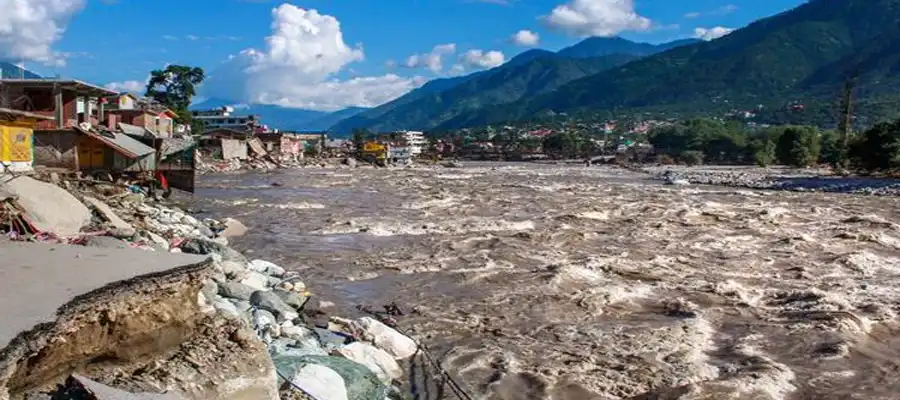Unrelenting monsoon rains have made Himachal Pradesh a disaster-stricken area, with overburdened rivers, landslides, and cloudbursts cutting off entire communities and leveling infrastructure on an unprecedented scale. The state has been hit by 33% above-average rainfall since June 20, with Mandi district seeing a whopping 110% excess, the Himachal Pradesh State Disaster Management Authority (HPSDMA) reports, as confirmed by a multi-hazard vulnerability assessment conducted by IIT Ropar.
Districts under stress: Mandi, Chamba, Kangra, and others
The worst of the monsoon has hit Mandi, Chamba, Kangra, Kullu, Shimla, Solan, Sirmaur, and Hamirpur. In Mandi, the destruction is severe: a decade of cloudbursts in a few days, 248 roads damaged, 24 houses swept away, and 10 fatalities reported, with 34 people still missing as of July 2, 2025. "We have not seen such damage in years," a local official from Seraj, among the worst-hit regions, told ReliefWeb.
Chamba's flash floods destroyed bridges, cutting off four panchayats. Kangra has lost 13 lives—seven to flash floods—and Kullu's legendary Manali-Keylong-Leh highway has been cut off repeatedly, leaving tourists and locals stranded. Shimla, Solan, Sirmaur, and Hamirpur are still under yellow alerts, with road and power outages occurring regularly.
A state under siege
The figures are daunting. At least 95 have lost their lives as of July 13—56 due to rain-related disasters like flash floods, landslides, and cloudbursts, and 39 in accidents on slippery, rain-washed highways, the State Disaster Management Authority (SDMA) report states. Mandi is the worst-hit, with 21 deaths, followed by Kangra (14), Kullu (10), and Chamba (9).
The widespread infrastructure damage
- More than 225 roads are still closed (153 in Mandi alone).
- 327 electricity transformers and 787 water supply schemes are out of order as of July 12.
- Estimated damages: ₹752 crore—₹327.72 crore in private property and ₹408.17 crore in public assets.
Rescue efforts have been constant
- 316 people were rescued in Mandi alone in a mere 32 hours.
- Relief camps have been established, but with hundreds of houses destroyed and the main bridges swept away, recovery is a daunting task.
Science sounds the alarm
A multi-hazard vulnerability study by IIT Ropar (2024–2025) has put added emphasis on the crisis, with more than 45% of Himachal Pradesh being extremely susceptible to floods, landslides, and avalanches. The river valleys and slopes between 5.9° and 16.4° are the most vulnerable, and even high-altitude areas are at risk of avalanches and landslides. "Hazard mapping is now guiding our disaster response," an HPSDMA spokesperson said, according to the July 2025 situation reports.
Communities unite, but the monsoon is not done yet
With rain expected to intensify and yellow warnings in effect, officials are asking people to steer clear of riverbanks and landslide zones. Quick Response Teams stand ready, and hydroelectric ventures have been halted temporarily as a precaution. Villagers in the likes of Karsog, Dharampur, and Janjehli are excavating from the mud, tallying their losses, and preparing for what comes next. “Every year, the floods get worse,” said a resident of Kangra to local media. “We need better warning systems and stronger roads if we’re going to survive the next one.”
For now, Himachal Pradesh remains on high alert, its people and authorities united in resilience but wary of the next cloudburst.
